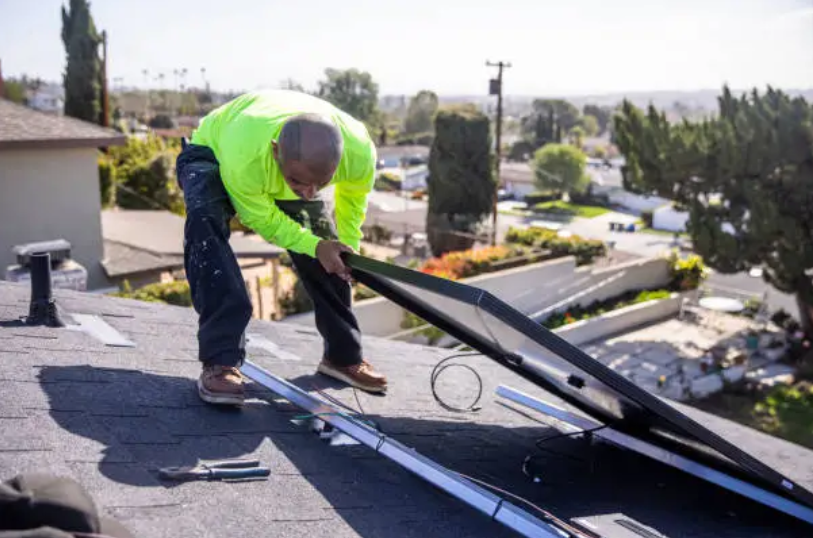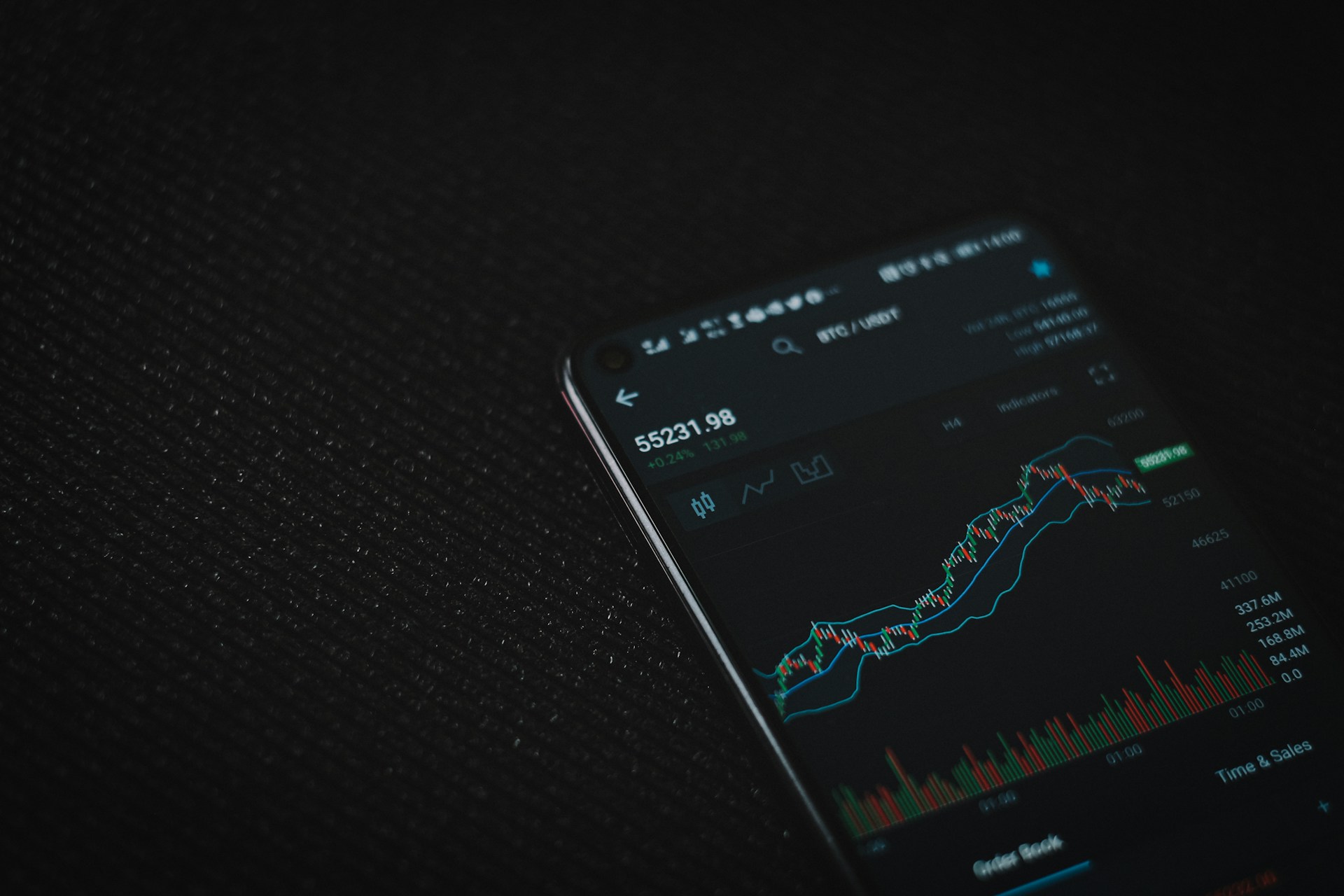Continual refinement of solar technology has yielded steady, industry-altering innovations, and the surge in micro inverter adoption is among the most notable. These diminutive, panel-mounted devices are engineered to maximize energy extraction and provide granular monitoring, and thus they represent a considerable upgrade over the traditional centralized string architecture. Any procurement professional in renewable energy must grasp their functional benefits and advantages. In the following sections, we detail the mechanisms by which micro inverters improve energy capture and monitoring capabilities for large photovoltaic projects—information that should inform purchasing, financial analysis, and the evaluation of OEM partners.
Operational Architecture of Micro Inverters
Micro inverters are lightweight appliances clicked to the rear of each photovoltaic panel. By performing the DC-to-AC conversion at the source, they avert losses usually incurred in long DC runs and they normalize the output to the facility’s grid frequency and voltage. This decentralized paradigm is a departure from the string model, wherein groups of panels are wired in series. In the string coil approach a single device appears as the energy conversion bottleneck, whereas the micro inverter architecture distributes work across the array, granting each unit the autonomy to optimize for wage steepness, shading, panel mismatch, and variability among series-connected string members.
For organizations weighing the merits of solar, mastering the details of micro-inverter operation is a critical step. By enabling every individual module to perform autonomously, micro-inverters shield the entire solar array from losses due to shading, dirt, or slight mismatches in manufacturing—factors that, when coordinated in a single chain, sap energy from every affected module. Since each panel is continually optimized to deliver its peak performance, the cumulative output of the solar installation climbs, translating to more kilowatt-hours and revenue.
Enhanced Energy Harvest for Commercial Installations
The foremost advantage of the micro-inverter architecture is the pronounced uplift in energy yield that it delivers to commercial projects. Traditional string inverter designs tether multiple modules to a common inverter, meaning that the weakest link—frequently a shaded or soiled panel—sets the output ceiling for the entire chain. In large commercial arrays, minor shading and soiled modules are the norm, translating restraints close to the site of a thousand or more modules into routine, unrecoverable losses.
Micro-inverter networks organize the array panel by panel. Should a module face shading or dirt, that single element is de-rated only in relation to the global energy recovery framework. Consequently, neighboring modules keep running near their maximum capacities, and the overall installation harvest rises. In commercial energy models, the difference is multiplied—local utility incentives, power purchase agreements, and depreciation schedules factor in every recovered kilowatt-hour—so even fractional gains yield outsized economic dividends in a sector where scale is a defining metric of value.
Source equipment from a trustworthy micro inverter manufacturers, and your business gains a competitive edge you can take straight to clients: more stable, predictable solar energy systems. Most good micro inverters bundle their units with monitoring technology, so each module’s real-time data flows into a single dashboard. That alerts operators to problem tiles instantly, letting them correct any loss of efficiency before it grows.
In-Depth and Immediate Observability
The true strength of micro inverters lies in fine-grained monitoring. Unlike conventional string inverters that sum the entire row’s data, these units publish a live report for every single solar panel. This panel-by-panel intelligence pays dividends.
- Issue Symptoms Visible Within Minutes: The second a module shifts away from expected yield, alerts pop. Maintenance complies within the same day—or sooner.
- Proactive instead of Reactive Repair: System logs and output curves yield patterns; same anomalies often mean the solder joint, glass, or junction box needs a close look. Maintenance teams can arrange a truck roll before the panel fully fails.
- Executive-Ready Statistics: Reports that list performance down to the quarter-hour empower teams presenting to loan committees, boardrooms, or environmental regulators.
For B2B operators, these monitoring capabilities translate to less downtime and must-shore ROI. Many reputable micro inverter partners bundle cloud dashboards, letting fleet managers visualize, diagnose, and control solar portfolios from any web browser. The visibility wraps into risk assessments, credit applications, and warranty negotiations, compounding the advantage.
Scalability and Flexibility in Commercial Systems
Micro inverters deliver unparalleled scalability in commercial solar projects. Companies often encounter uneven roof designs, seasonal shading, or the need for future growth. Conventional string inverters impose rigid frameworks, where integrating more modules typically involves new strings and intricate cable runs that bog down simple deployments. Micro inverters shift the paradigm: since every module converts its own energy, enterprises can stitch in additional panels when budgets or space allow, ensuring that new capacity simply bolts onto the existing system without re-engineering the entire electrical plan. This incremental growth suits B2B clients perfectly, allowing them to match solar capacity to evolving consumption patterns rather than guess future expansion at the outset.
Beyond growth, micro inverters streamline designs in complicated rooftops. Problems typically perceived as headaches—spots of shading, roof vents, or tilted mounting angles—lose their disruptive power when laborers know that each module is its own optimizer. Poor panels, isolated by internal algorithms and individual inverters, cannot drag the performance of their neighbors down. The result is predictable, stable energy yields, regardless of the contours and obstacles each building presents.
Reliability and Safety Advantages
In the commercial sector, reliability and safety are non-negotiable. Micro inverters address both by drastically cutting down the amount of high-voltage DC cable that runs alongside the modules. Conventional designs carry relatively dangerous, uninsulated DC at roof height, where fire sparked by cable failure can cloud an entire building’s operations and put personnel at risk. By facilitating conversion to lower-voltage, safer, and code-compliant AC right at the array, micro inverters shrink the effective system voltage and minimize risks not just for the initial installers but for all future maintenance crews. The net outcome is a quieter service record and enhanced peace of mind for building owners and operators.
From a durability perspective, individual micro inverters minimize the chance of a total system outage. In contrast, a single failure in big-string setups can drag multiple panels offline, causing lengthy wait times and energy losses. Micro inverters confine any failure to the affected module, letting the remainder of the array keep generating electricity without interruption.
For B2B purchasers negotiating with a solar inverter manufacturer, these reliability features mean smaller performance uncertainty, thinner insurer premiums, and a track record of dependable output across time, all of which reinforce the predicted lifetime of the system.
Selecting the Right Micro Inverter Vendor
Securing the right micro inverter partner is a must for enterprises wishing to fully leverage solar investments. Solid vendors provide hardware with verified outperformance, built-in performance-monitoring software, and extensive, meaningful warranty terms. Decision-makers should therefore gauge the supplier’s industry standing, level of engineering assistance, and capacity to deliver scalable architectures that satisfy commercial electricity consumption needs.
In a standard procurement process, a solar provider will compare several microinverter vendors to ensure every specification fits the broader project objectives. Criteria—such as voltage conversion efficiency, the robustness of performance-tracking software, and adherence to global product safety norms—are critical when evaluating suppliers. Significantly, when procuring hardware, forming alliances with solar inverter vendors is paramount to guaranteeing durable, faultless solar arrays.
Collaborating with leading inverter makers empowers developers to present systems that capture the maximum energy available, deliver granular performance data, and lessen the likelihood of unanticipated service visits. This synergy amplifies the commercial attractiveness of the solar package offered to end customers.
In conclusion, solar microinverter technology has redefined design, oversight, and servicing within commercial and industrial solar projects. Fine-grain panel optimization boosts total energy yield, while precise real-time visibility improves operational agility and curtails revenue-derailing outages. The versatile architecture, intrinsic safety characteristics, and modular scalability further enhance their appeal for enterprises targeting dependable solar infrastructure.
For institutional buyers, aligning procurement with a proven inverter brand remains the decisive step to realising the promise of these devices. By securing premium components and exploiting granular data intelligence, organisations can promise elevated solar performance, accelerate payback, and reinforce their competitive advantage within the expanding renewable landscape.


